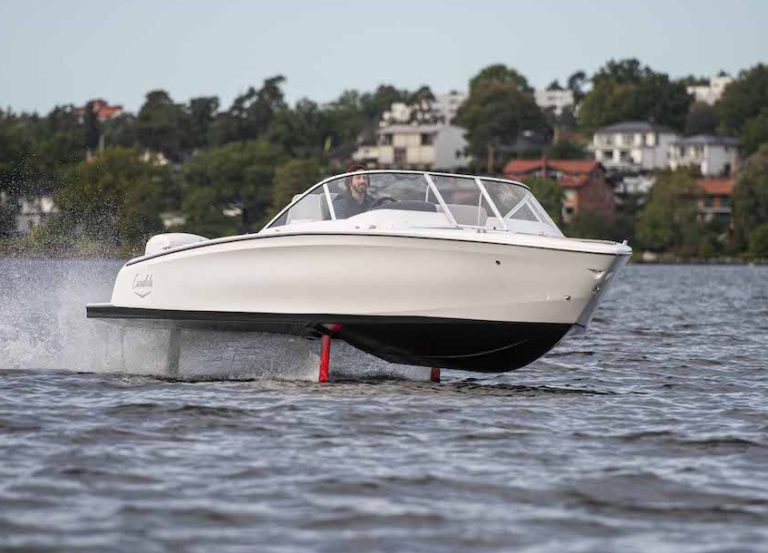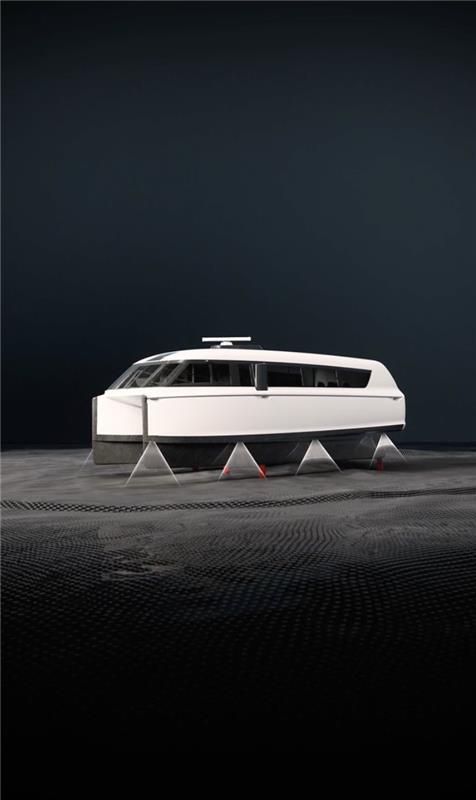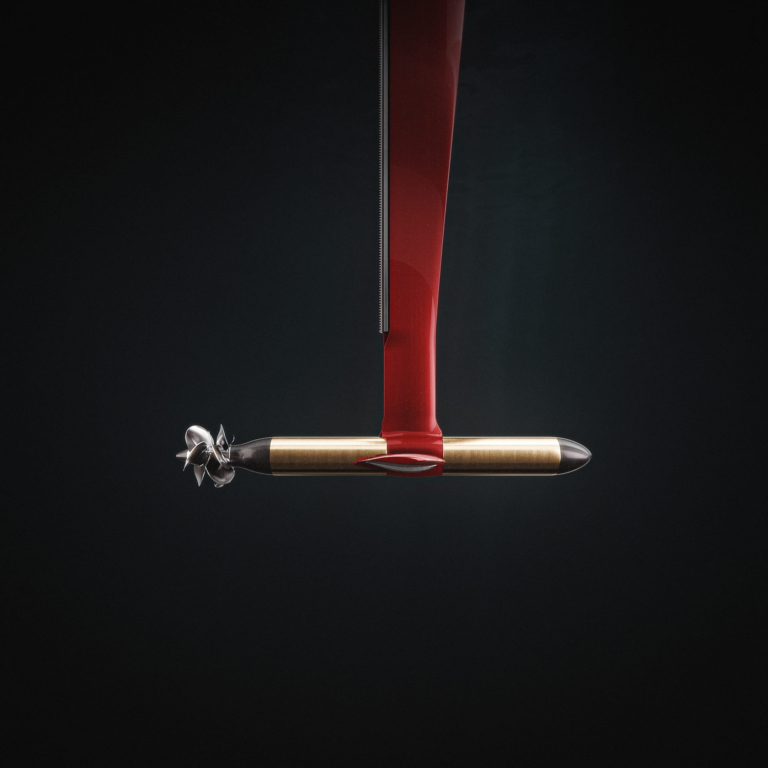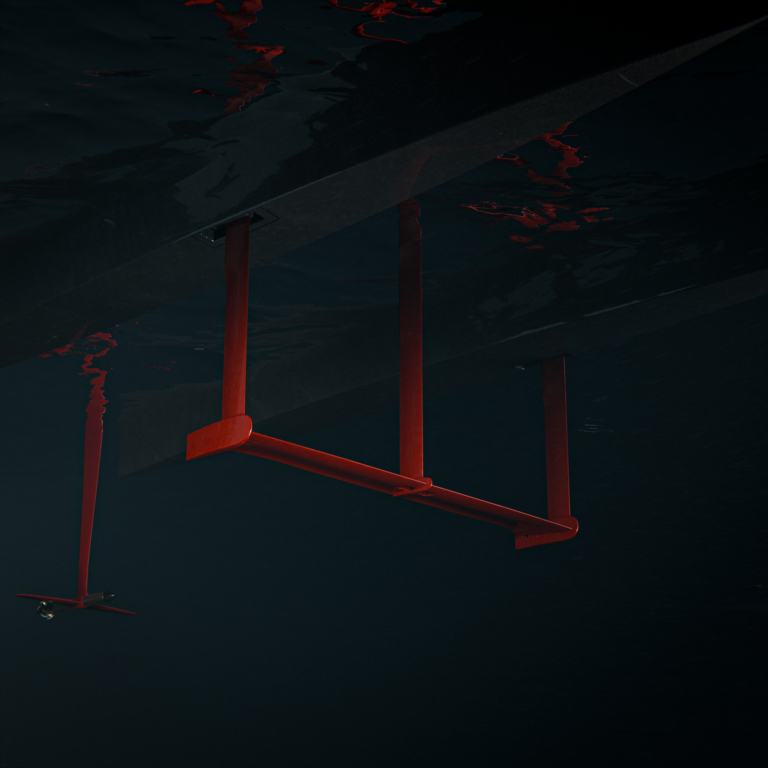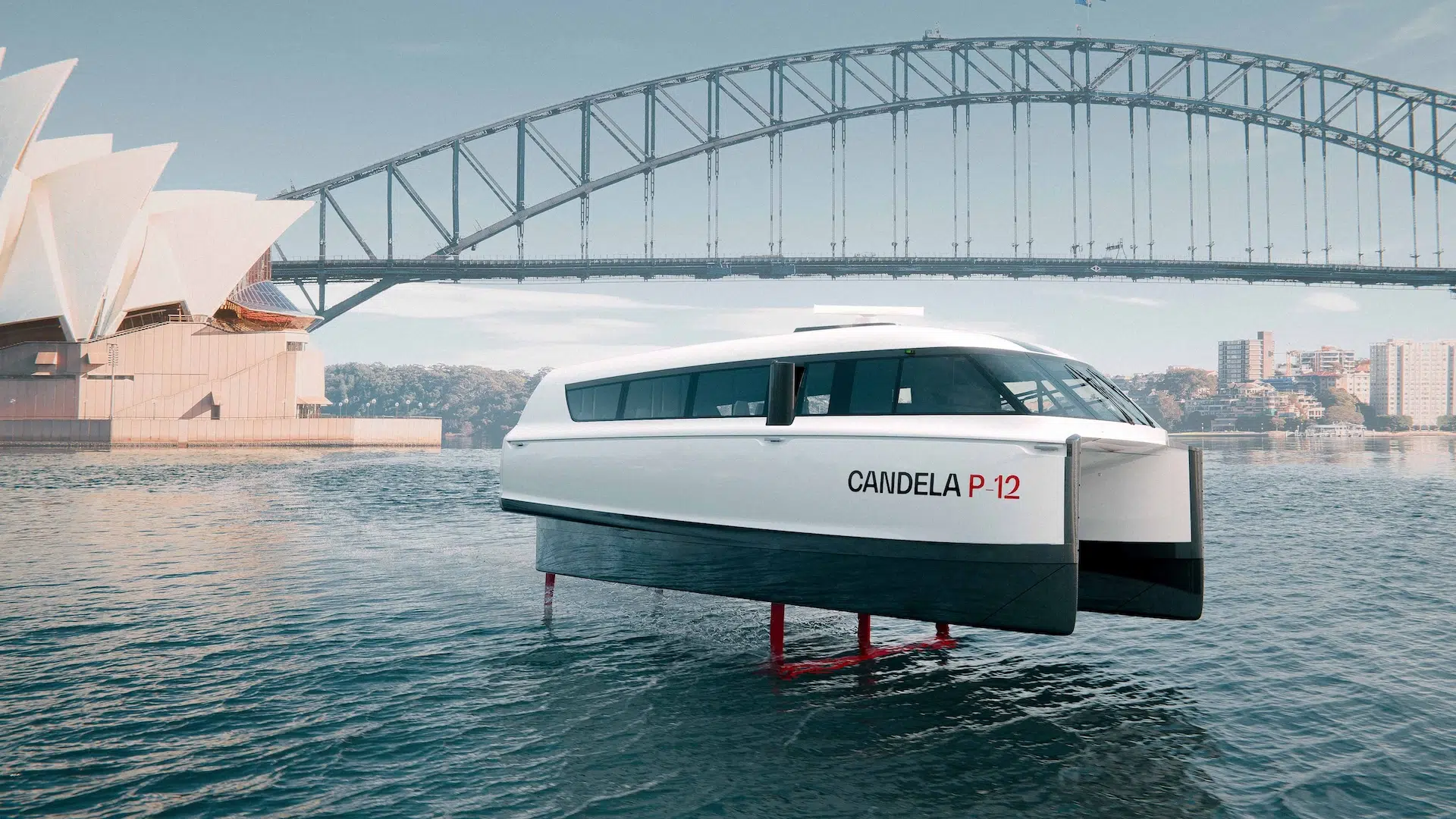Sydney’s iconic ferry system has long been a vital part of the city’s public transport network. However, recent efforts to modernize the fleet have faced significant challenges. The introduction of new ferries with traditional diesel engines falls short of environmental goals, as these vessels continue to emit substantial greenhouse gases. Efforts to replace aging ferries with electric-powered alternatives have also proven difficult, as conventional hull designs consume excessive energy, limiting both range and speed on battery power.
Now, a Swedish company offers a solution: the innovative Candela P-12, the world’s first hydrofoil ferry. The P-12 utilizes computer-guided underwater wings, known as hydrofoils, allowing it to ‘fly’ above the water’s surface. This design reduces water resistance, enabling the vessel to achieve cruise speeds of 25 knots while consuming 80% less energy than traditional ferries of the same size.
The P-12 can cover distances of 40 nautical miles on a single charge—longer than any other electric ship—making it well-suited for routes across Sydney Harbour. Its capacity to accommodate bicycles and wheelchairs ensures accessibility and convenience for a diverse range of commuters. Moreover, the hydrofoil design minimizes wake generation, preserving shorelines and marine ecosystems.
The P-12’s energy efficiency also addresses one of the greatest challenges in waterborne transport: cost. Being considerably cheaper to operate than even the most efficient diesel vessels, it creates a strong business case for new direct routes and more frequent departures.
No seasickness
Passengers, on the other hand, enjoy a smooth ride above the waves, free from sea sickness-inducing slamming and pitching. The P-12’s digital flight controller continuously adjusts the foils in real time to keep the vessel level, ensuring a comfortable and stable journey even in challenging conditions.
“I’m a firm believer that transition can only happen if the new alternative is better than the old. With the P-12, you make money instead of losing it. In other countries, we’ve seen that repowering conventional vessels with batteries becomes hugely expensive, especially in terms of charging infrastructure,” says Gustav Hasselskog, who is in town to demonstrate the benefits of his vessels.
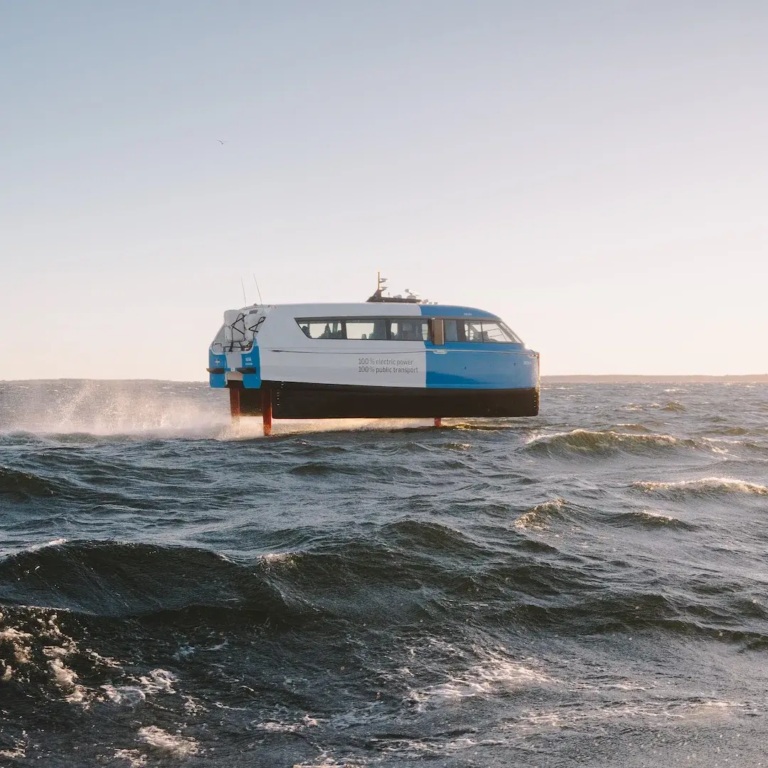 Overview
Overview 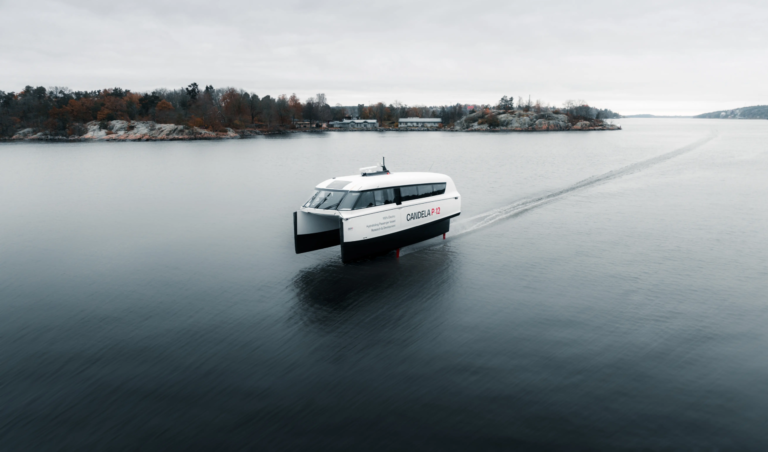 P-12
P-12 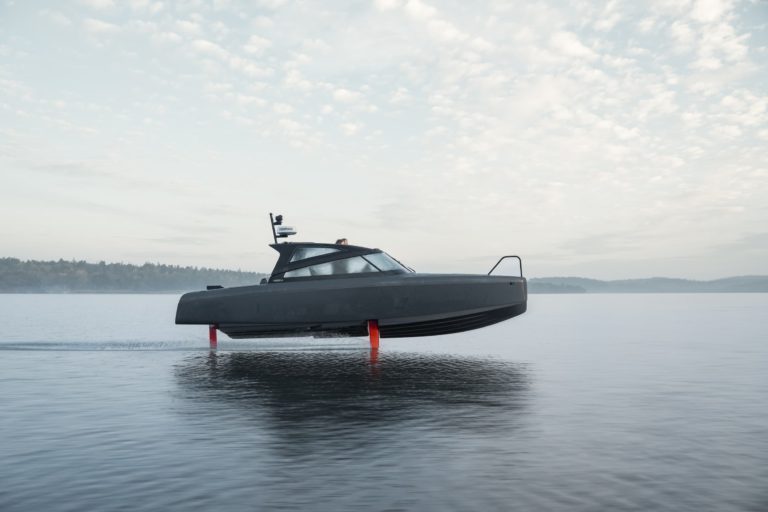
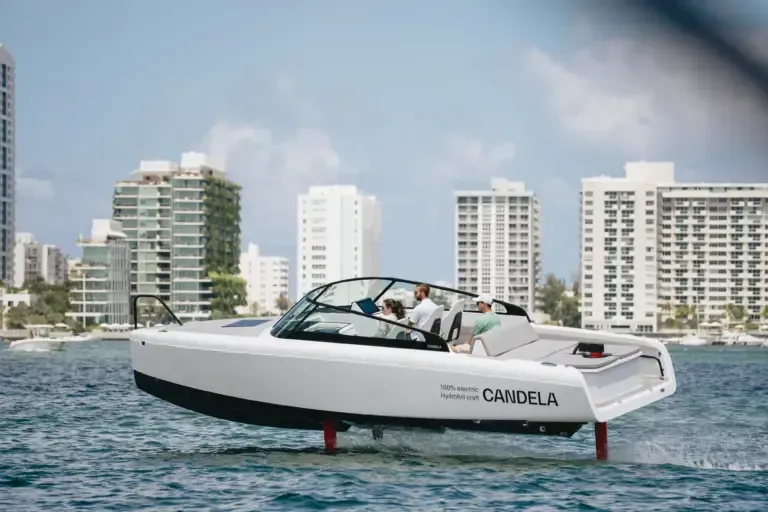 C-8
C-8 